Insulated steel pipe is a pipe used to transport liquids and gases while maintaining a stable temperature inside the pipe. It is usually composed of a steel pipe and internal insulation materials, which can prevent the temperature of the liquid or gas in the pipe from changing during transportation due to the influence of the external environment. Insulated steel pipes can be used in heating, refrigeration, chemical industry, petroleum and other fields, which can effectively reduce energy consumption and environmental pollution.
Structural composition of insulated steel pipes
Working steel pipes
Insulation layer
A layer of insulation material wrapped around the outside of the steel pipe, commonly used are polyurethane foam (PU), glass wool, rock wool, etc., to reduce heat loss.
Outer sheath
The outermost layer is used to protect the insulation layer from moisture, corrosion and mechanical damage. Common materials include high-density polyethylene (HDPE), steel shell or fiberglass.
Characteristics of insulated steel pipes
The requirements for insulated steel pipes are to remain stable and safe during long-term use, while effectively reducing heat and cold energy losses. Therefore, it needs to have the following characteristics:
1. Good thermal insulation performance: The internal thermal insulation material needs to have high thermal insulation performance, which can effectively reduce the heat loss and cold loss of the liquid in the pipeline.
2. High compressive strength: The insulated steel pipe needs to work under higher pressure, so the steel pipe is required to have a certain compressive strength to ensure the safety and stability of the pipeline.
3. Good sealing performance: The sealing performance of the pipeline has a vital impact on the use effect of the pipeline. The insulated steel pipe needs to ensure that the liquid or gas inside the pipeline does not leak, and at the same time prevent pollutants from the external environment from entering the pipeline.
4. Good corrosion resistance: Since the insulated steel pipe is usually used to transport chemical media or oil products and other substances, it needs to have a certain corrosion resistance to ensure the service life and safety of the pipeline.
5. Easy to install and maintain: The insulated steel pipe needs to be convenient and quick in installation and maintenance, so as to timely discover and solve problems and ensure the safe and stable use of the pipeline.
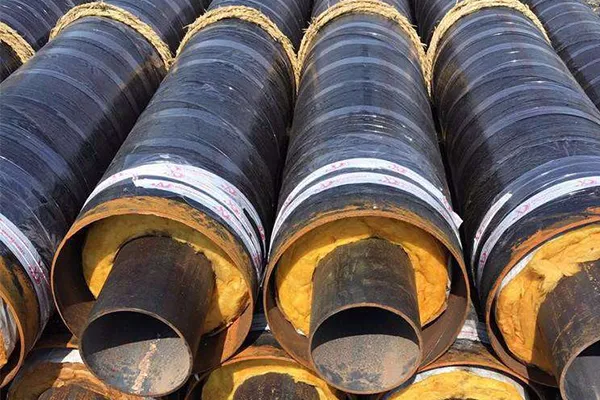
High-temperature prefabricated direct buried insulated pipe is a direct buried prefabricated insulated pipe with good insulation performance, high safety and reliability, and low engineering cost. It effectively solves the insulation, sliding lubrication and waterproofing of exposed pipe ends of prefabricated direct buried insulated pipes for high-temperature heat transmission of 130℃~600℃ in urban centralized heating. High-temperature prefabricated direct buried insulated pipes not only have advanced technology and practical performance that are difficult to match with traditional trenches and overhead pipelines, but also have significant social and economic benefits, and are also a powerful measure for heating and energy saving. High-temperature prefabricated direct buried insulated pipes use direct buried heating pipeline technology, marking that the development of China's heating pipeline technology has entered a new starting point.
The insulation pipe is composed of a steel pipe, a glass fiber reinforced plastic inner sheath, and a glass fiber reinforced plastic outer shell, and is characterized by: it also includes a high-temperature resistant insulation layer, a lubricating layer, and an elastic seal.






 English
English Español
Español بالعربية
بالعربية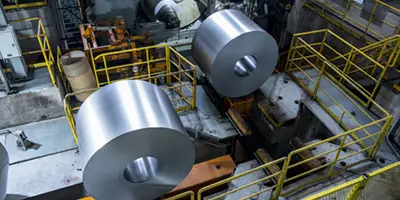

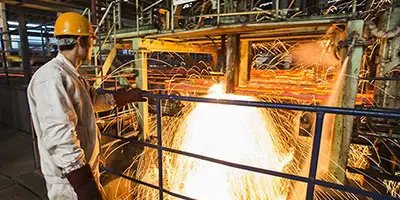
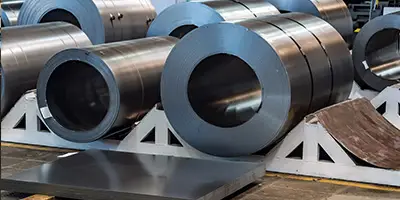

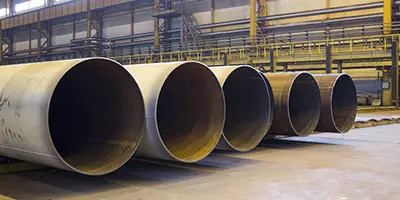
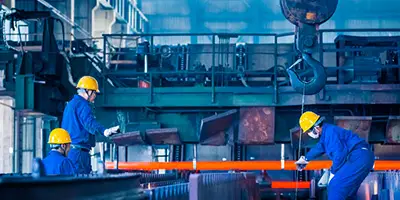
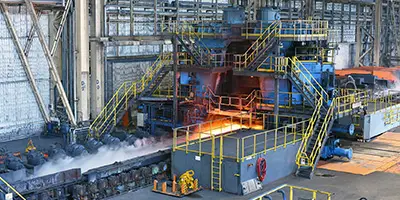
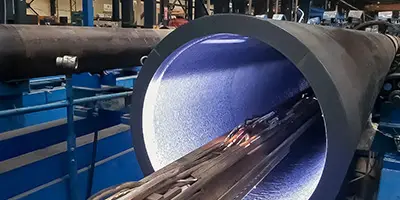
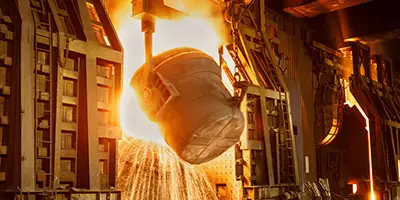
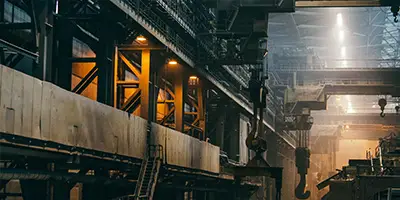

 Phone :
Phone :  Whatsapp :
Whatsapp :  Email :
Email : 


